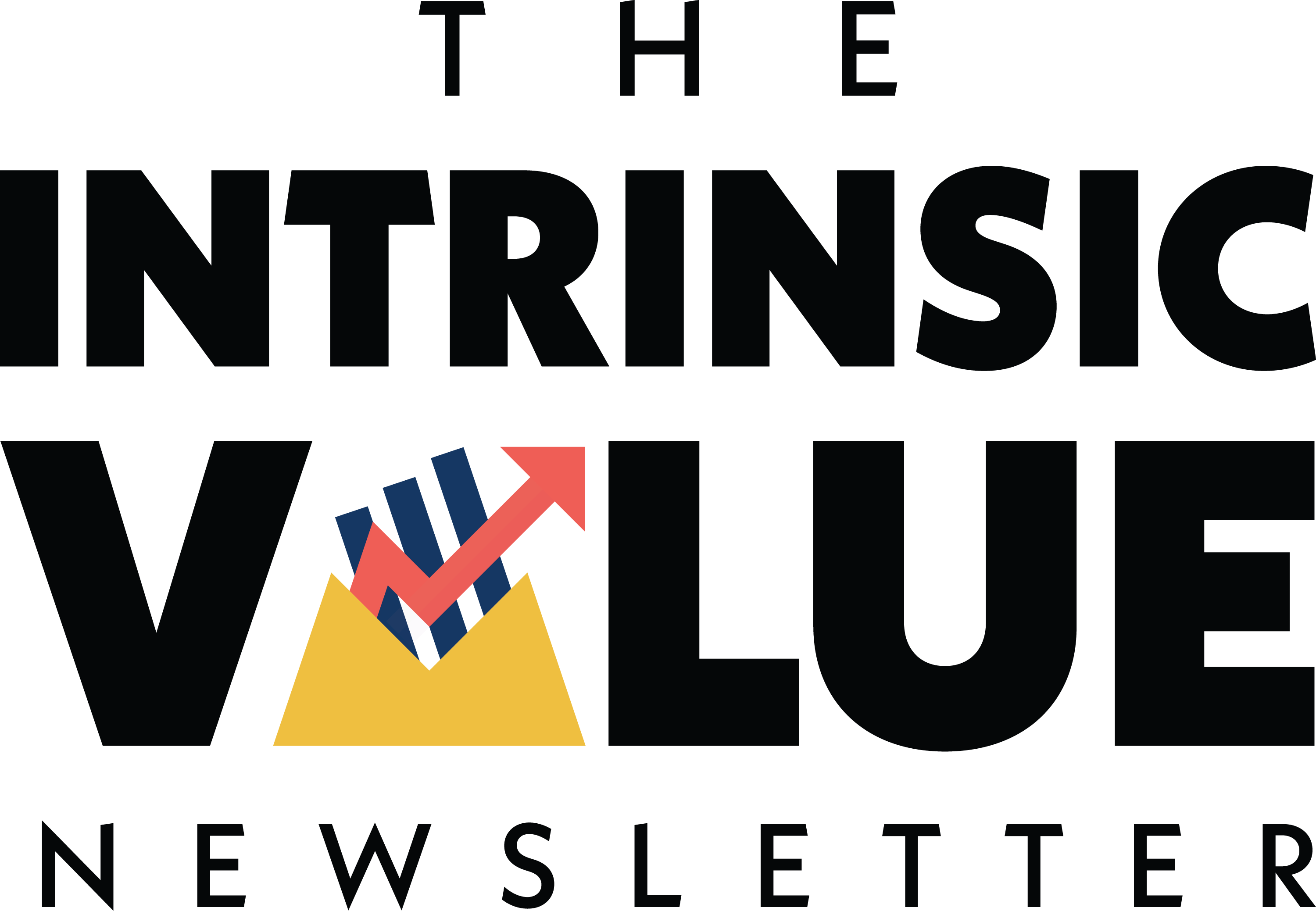Grillin’ & Chillin’

Hi, The Investor’s Podcast Network Community!
🎉 Happy Memorial Day weekend, everybody!
As we honor and mourn the U.S. military personnel who have served in the Armed Forces, today’s newsletter is all about the tradition of the American backyard barbeque.
For many, Memorial Day is a time of family togetherness, with outdoor events and activities as the weather warms.
All this, and more, in just 5 minutes to read.
Get smarter about valuing businesses in just a few minutes each week.
Get the weekly email that makes understanding intrinsic value
easy and enjoyable, for free.
Real estate investing, made simple.
17% total historical returns*
Minimums as low as $5k
EquityMultiple helps investors easily diversify beyond stocks and bonds, and build wealth through streamlined CRE investing.
*Past performance does not guarantee future results. Visit equitymultiple.com for full disclosures.
WHAT ELSE WE’RE INTO
📺 WATCH: Where is the crash? Chris Davis and Morgan Housel explain
👂 LISTEN: Lessons from the world’s best capital allocators with Clay Finck
READ: How to win at the airport ahead of the summer travel season
Road to peace
Since the pandemic began, Americans have spent more on their homes and backyards. Yeti coolers have become popular, craft beer fills coolers, and Char-broil, Weber, and Blackstone grills sold off the racks as people put their stimulus money to use.
But the backyard barbeque has been a fixture of American culture since the 1950s, as Americans celebrated the end of World War II, embraced patriotism, and supported family.
Over 70 years ago, big magazines such as Life, Newsweek, and The New Yorker published features and photographs on perfecting outdoor barbeques. Soon it became ingrained in our culture. In 1951, it was a $30 million industry.
Four years later, it had eclipsed $100 million. It’s now valued at more than $5 billion and growing by the year.
Said the late Anthony Bourdain: “Barbeque may not be the road to world peace, but it’s a start.”
American ideal
After World War II, the backyard BBQ had its first big moment. American nationism rose after complicated international relationships with Europe and Asia. Then the threat of communism sparked further American pride, and many U.S. citizens felt one easy, affordable way to show their support for their country was in their backyards.
In the Cold War, BBQ fit in with the era’s emphasis on consumerism. Magazines and TV ads celebrated the American “ideal” of home ownership, a quiet life in the suburbs, and a gathering of friends and family in the backyard.
For instance, a popular 1951 Pepsi ad read, “More bounce to the ounce,” illustrating four people enjoying Pepsi, laughing outside, and flipping burgers. Meat, sauce, soda, and grilling companies all jumped on the bandwagon to reinforce the image.
Rising home ownership was thought to produce stability, economic prosperity, and community. Families were encouraged to buy second cars, white fences, and grills.
Smokelore
In Smokelore, author Jim Auchmutey explains the origins of home grilling.
He writes that BBQ was “too good” to be reserved just for Texans or Southerners, and the suburban housing upsurge post-World War II made it a familiar part of family life in America.
While Texans popularized the BBQ and today are known for delicious meats, Auchmutey argues that California may have truly brought outside grilling to the masses.
The Pacific Coast has had its own history of grilling and smoking, derived from indigenous people, Mexican ranchers, and campfire cooking among cowboys.
In the 1930s, the Ford Motor Company sold a picnic set at its dealerships that included a small grill and a bag of charcoal so drivers could camp and cook out during their travels.
In 1948, the Char-Broil Wheelbarrow debuted and led the old ironworks into a new future in which it became the second biggest seller of grills in America (and the leader in the category of gas grills). Then the industry took off in the 1950s and 1960s, and it hasn’t looked back.
Writes Auchtemy: “Seven decades after the first portable backyard grill was fired up, the variety of outdoor cooking equipment is breathtaking. Barbecuers can choose from inexpensive charcoal grills, propane gas carts, infrared cookers, electric and wood-pellet smokers, built-in outdoor kitchens, trailer-mounted hardwood-fueled rigs, and everything in between, costing anywhere from thirty dollars to thousands.”
“Even with all the choices, humble charcoal and gas grills still command the almost $1.5 billion U.S. market. In the 1990s, sales of gas models passed charcoal and stayed ahead, taking barbecue a little farther from its hardwood beginnings. Americans respect the past, but convenience usually wins out.”
A growing trend
The global barbeque grill market was valued at over $4 billion in 2021 and is expected to expand at a compound annual growth rate (CAGR) of 4.8% from 2022 to 2030.
The growing trend of outdoor parties (the pandemic helped) and social gatherings have increased demand for barbeques. You don’t need to love meat, as vegetarians and vegans can grill fresh vegetables outdoors.
According to Hearth, Patio & Barbeque Association (HPBA) consumer research, about 40% of all grill owners bought a new grill in 2020 or 2021. Of those who purchased in 2020, 27% did so as they were cooking at home more due to the pandemic.
Final thoughts
For the last six summers, I (Matthew) have enjoyed backyard grilling with my partner’s family on Long Island. Not only is it less expensive than dining out, but it’s more fun. Whether it’s burgers, steak, or zucchini, there’s (usually) room for seconds.
We can be outside, with our seating, backyard games, music, and space to enjoy one another’s company. It’s hard to put a price tag on that.
Dive deeper
For more, check out “Smokelore.”
P.S. The Investor’s Podcast Network is excited to launch a subreddit
devoted to our fans in discussing financial markets, stock picks, questions for our hosts, and much more!
Join our subreddit r/TheInvestorsPodcast today!











